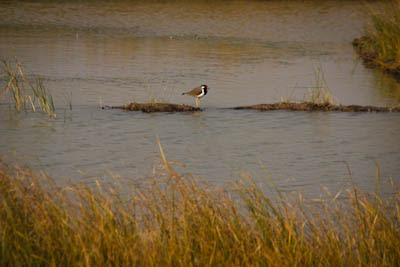After a breakfast prepared from ingredients grown in the pension owner’s garden, we headed out into the muddy streets to begin our haveli tour, aided by a map indicating the location of some of the main sights. Some of the places were closed, so we could only enjoy their frescoed exteriors. Others, such as the Uattara Haveli were open (small admission fee), giving us a chance to experience more of its glory. Entrance was usually through a tall, rather fortified-looking door framed by an archway. With the really tall entrances, a smaller normal-sized could be opened within it for normal use. An outer formal courtyard, typically single-storyed, was used for attending guests and conducting business. The real beauty was in the inner courtyard, typically more spacious and multiple-storyed. This is where the women spent most of their time. Fluted arches framed the courtyard. Some framed intricately carved doors or shuttered windows. Others led into small rooms with thick walls. Adorning nearly every square inch of wall space were frescoed murals. Framed by floral motifs were scenes of Krishna and Rama, interspersed with paintings of red-uniformed soldiers, locals riding elephants, women milking cows, etc. In some havelis, one could find scenes of local merchants driving a car, locomotives (some painted rather naively), gramophones, and bicycles.
Also of note in Nawalgarh was the Bala Quila with its mid-19th century room filled with mirrorwork, large portraits, and painted domed ceiling. Had there not been a sign out in front of the rather plain-looking building, we would have walked past it. The Ganga Mai Temple, dating back to 1868, also has some fine floral motifs on the fluted archways of the courtyard.
The state of condition of the havelis varied greatly. Some appeared to be recently restored, with its murals very bright in color and structure intact. Murals on other havelis were fairly intact, but rather faded. In many, the lower portion of the building’s exterior no longer contained images, instead replaced by plain plaster, exposed bricks, or graffiti. Some of the havelis were still used as dwellings; others were bricked up or abandoned, sadly falling apart. Others were stripped of their intricate carved wooden doors and shutters, sold as antiques or made into tables. We were told that most of the owners no longer lived in the Shekhawati region and of these, too few seemed to care enough to pay for any upkeep or maintenance on the buildings. We saw some havelis being torn down, probably being replaced with more bland, modern buildings. How sad that these historical national treasures are literally and physically crumbling before our eyes, with little being done about it!















































